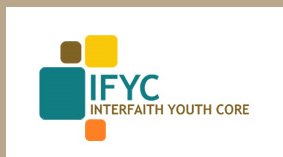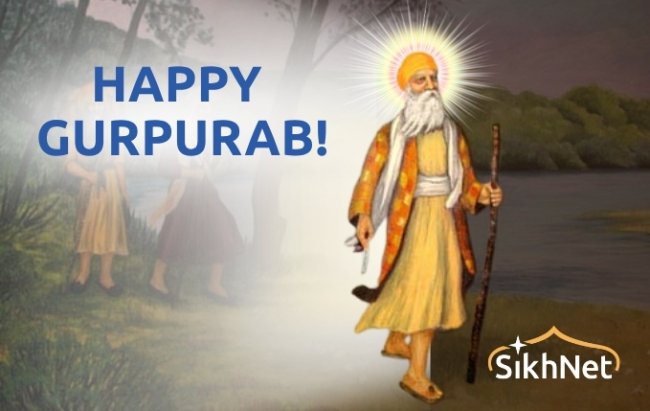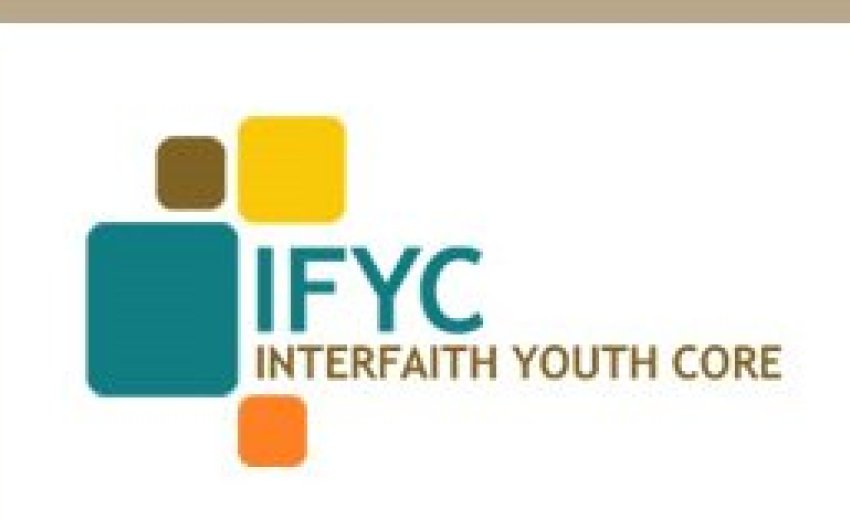 Oct 28th, 2010: By Mark Wolfe, President of the Interfaith Forum and Interfaith Youth Core (IFYC) Fellow
Oct 28th, 2010: By Mark Wolfe, President of the Interfaith Forum and Interfaith Youth Core (IFYC) Fellow
I always used to wonder what the word “Gurdwara” meant when my family would travel to church on Sunday mornings. The word was plastered on the front of a building that was continually in our path, and I would often see people walking around the complex with turbans adorning their head.
With my limited knowledge of different faiths at the age of nine, I never considered I might be viewing a Sikh community. After the September 11, 2001 attacks that forever changed America’s perception of the world, my own perception of the “weird” people at the “Gurdwara” was forever changed.
Few know that 99 percent of Americans that wear turbans are Sikhs. Sikhs even have a bracelet that is worn to differentiate themselves from Muslims because the two groups seem so similar in appearance. After 9/11, the entire American Sikh community found themselves as the unwilling victims of misguided aggression meant for innocent Muslims. The Sikh Satsang in Indianapolis could not escape this unfortunate onslaught. Rocks were thrown into their building. Graffiti defaced their beautiful complex. I was confused because I could not understand why anyone would want to harm these innocent people.
My church saw what occurred at the complex down the street and decided to take action. As we knew most of the problem was a result of ignorance of Sikhism, my church enacted a worship service swap. The Sikhs visited my church for a Sunday service, and we visited the Sikhs for a Sunday service. I was invited to become part of the Sikh community for a day, and I wore my turban proudly as I dined on Indian food for lunch. I still did not fully comprehend Sikhism, but I knew that these people did not have a harmful bone in their bodies. After we swapped services, my church helped restore the Sikh temple to its original state, as Sikhs and Christians worked alongside each other to bring about a greater good.
As I look back on the persecution the Sikhs suffered, I realize that I still see a world around us that is fearful of the unknown. With the backdrop of the Ground Zero Mosque controversy and the threatened Quran burnings by Terry Jones, I see a fragmented America. Even at the University of Indianapolis, my college campus, I see a separation between student groups. I watch as Christians associate with Christians, Jews associate with Jews, Muslims associate with Muslims, etc. There is another world that lies outside our grasp because we choose not to engage it. There is no reason that Christians, Jews, Muslims, Hindus, Buddhists, Sikhs, and others cannot come together in harmony. I saw Christians and Sikhs do it during a time of distress. Why can we not do it in a time of peace?
While we let our faith identities conflict, we let the rest of the world decay. Wars from Iraq to the Congo cause suffering for innocent bystanders. Hunger and dirty water plague those in the developing world. Homeless live on the street with no roof over their head. Children are brought into prostitution every day. Disease wreaks havoc on the health of multitudes. There is so much pain that all faiths are called to heal. Christians wish to show the compassion of Christ to others. Jews wish to fulfill the Law that God has sent them to address the needs of others. Buddhists wish to ease the suffering of those around them. Imagine what we could do while united. Imagine the ideas that could come from the discussion of multiple great thinkers from different backgrounds. Imagine the change we could make in the world. But change does not occur from ideas or imagination; it comes from action.
On Tuesday, Nov. 16, the Indianapolis community will be invited to the University of Indianapolis to take the first step towards an interfaith reality at the “What IF?” Speak-In Event. First, a service project that will make no-sew blankets for a homeless center run by the Interfaith Hospitality Network (IHN) will start at 7 p.m. Afterwards, a panel of speakers from the IHN will discuss their commitment towards serving the homeless and interfaith cooperation. Lastly, there will be facilitated small group interfaith dialogues on the shared goal of social action. The event will conclude around 9 p.m.
What if other faiths worked together instead of working separately? What if the combined forces of social activists across faith lines worked on a social issue like homelessness? What if we decided to act now? Would we change the world? On Nov. 16, Indianapolis will discover that we are better together.
IFYC builds mutual respect and pluralism among young people from different religious traditions by empowering them to work together to serve others.
| WHAT WE DO | |
| There are millions of religious young people in the world interacting with greater frequency. That interaction tends either toward conflict or cooperation. Where so many of these interactions tend towards conflict, the Interfaith Youth Core aims to introduce a new relationship, one that is about mutual respect and religious pluralism. Instead of focusing a dialogue on political or theological differences, we build relationships on the values that we share, such as hospitality and caring for the Earth, and how we can live out those values together to contribute to the betterment of our community. The Interfaith Youth Core is creating these relationships across the world by inspiring, networking, and resourcing young people, who are the leaders of this movement. We provide young people and the institutions that support them with leadership training, project resources and a connection to a broader movement. | |

